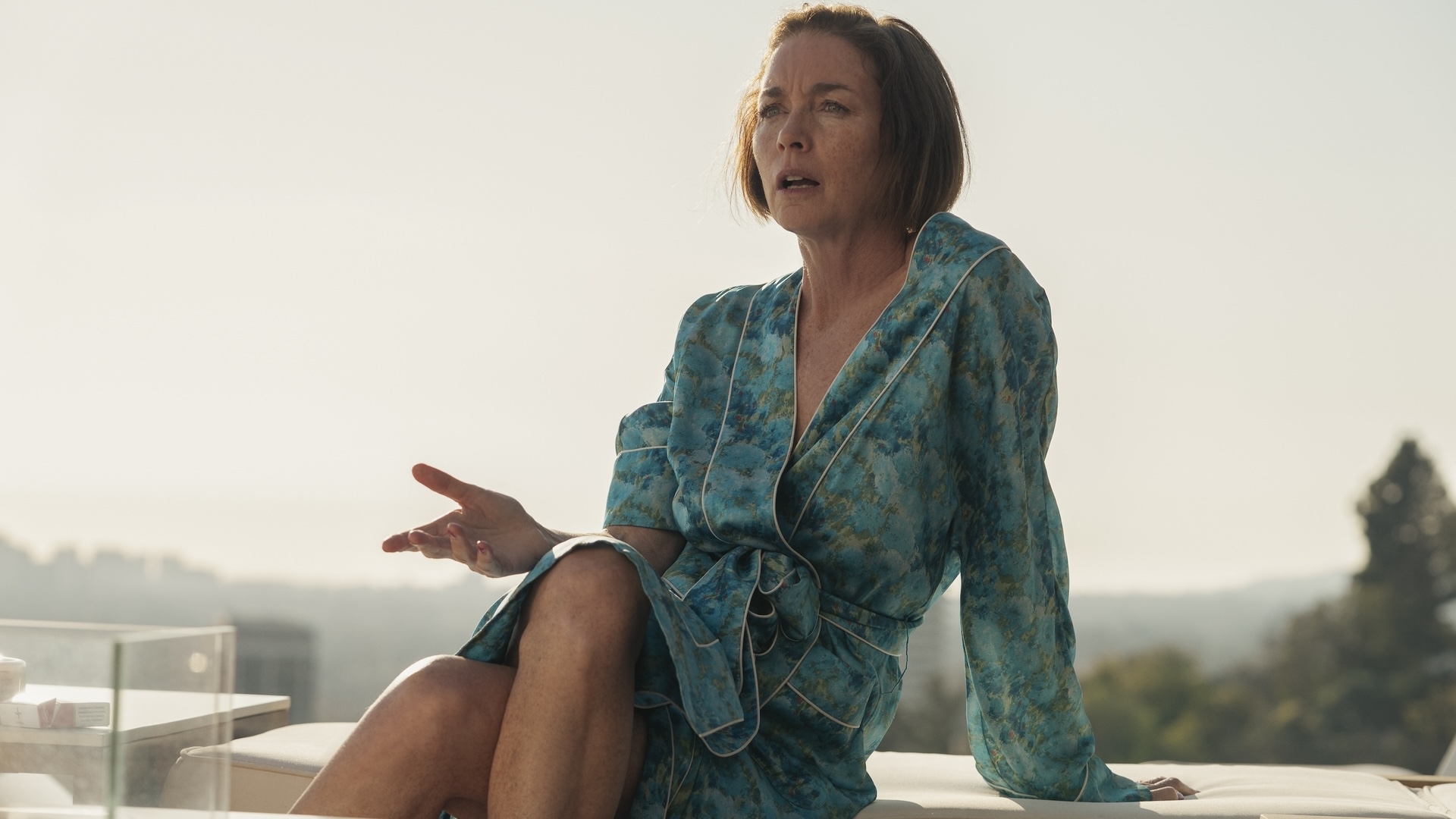Remarkable photos highlight the haunting resilience of nature
Suspended Grace: A sleeping sperm whale and her calfPaul Nicklen
With a full belly – look closely and you can see the tentacles of the deep-sea squid she has just feasted on, dangling from her mouth – this mother sperm whale sleeps, her calf nearby.
This photograph, named Suspended Grace, was taken by photographer Paul Nicklen and is one of a host of images displayed at the photography fair Photo London this week. It exudes peace, but Nicklen was feeling a real mix of emotions when he took it in Dominica in 2019.
“Even as my lungs burned and my brain tried to induce panic to take a breath from the surface that was 15 metres away, I had to stay calm,” he says. “In that moment, I focused on breathing, framing and floating still. I wasn’t disconnected from fear, but I was focused.”Advertisement
As he centred himself, a sense of “awe mixed with something quieter” came over him. “There was a kind of joy to it—being accepted into their rhythm for even a few moments,” says Nicklen. “Over time, that joy has deepened into something heavier. I think about the risksface now – the rising noise levels in the ocean, plastic, ship strikes, nets, warming seas. When I revisit these images, I see a lineage that may not survive unless we change. And still, I feel lucky. Lucky to have been let in. Lucky to carry their story.”
Photo London is taking place at Somerset House from 15 to 18 May. Nicklen’s work is being displayed by Hilton Contemporary, which is also showing the photography of marine biologist Cristina Mittermeier – including this evocative shot from Berenty, Madagascar, in 2008, called Laundry on the Mandare. As bright clothes dry on the cracked earth, two emaciated cows stand nearby on the dry bed of the Mandare River.
Laundry on the Mandare: The dry bed of the Mandare River in MadagascarCristina Mittermeier
Seventeen years on, Mittermeier remembers that her thoughts on taking the shot were clouded at the time. “Not just by illness – a tropical fever – but by guilt. Not guilt for being there, but for leaving,” she says. “The families in this village had no way to escape the drought. There are no backups, no alternate routes, no tap to turn. The Mandare dries up, and everything with it.”
Today, those feelings have morphed into “a kind of respect” for the endurance of the local people there “and a deep unease that this scene is becoming more common, more permanent”, she says.
“I think of the resilience in that curve of fabric, bright against the dust, and how survival here is patched together one garment, one meal, one cup of water at a time,” says Mittermeier. “It’s a record of drought, yes, but also of decisions made far away that shaped who suffers and who escapes.”
Below is Nicklen’s shot, Ephemeral Palace, taken in the Antarctic Peninsula in 2012. A vast iceberg is pictured as it drifts along, destined to melt as it makes its way out to sea.
Ephemeral Palace: An iceberg on the Antarctic Peninsula in 2012Paul Nicklen
An unexpected visitor is shown in this final shot from Nicklen, Face to Face, taken in Svalbard, Norway, in 2008. Nicklen, winner of awards including BBC Wildlife Photographer of the Year, said that although they are labelled “problem bears” in Canada’s Arctic, he has encountered over 2000 polar bears in the wild in his time as a photographer and he has never had to take a life in self-defence.
Face to Face: A close encounter with a polar bear in NorwayPaul Nicklen
Topics:
#remarkable #photos #highlight #haunting #resilience
Remarkable photos highlight the haunting resilience of nature
Suspended Grace: A sleeping sperm whale and her calfPaul Nicklen
With a full belly – look closely and you can see the tentacles of the deep-sea squid she has just feasted on, dangling from her mouth – this mother sperm whale sleeps, her calf nearby.
This photograph, named Suspended Grace, was taken by photographer Paul Nicklen and is one of a host of images displayed at the photography fair Photo London this week. It exudes peace, but Nicklen was feeling a real mix of emotions when he took it in Dominica in 2019.
“Even as my lungs burned and my brain tried to induce panic to take a breath from the surface that was 15 metres away, I had to stay calm,” he says. “In that moment, I focused on breathing, framing and floating still. I wasn’t disconnected from fear, but I was focused.”Advertisement
As he centred himself, a sense of “awe mixed with something quieter” came over him. “There was a kind of joy to it—being accepted into their rhythm for even a few moments,” says Nicklen. “Over time, that joy has deepened into something heavier. I think about the risksface now – the rising noise levels in the ocean, plastic, ship strikes, nets, warming seas. When I revisit these images, I see a lineage that may not survive unless we change. And still, I feel lucky. Lucky to have been let in. Lucky to carry their story.”
Photo London is taking place at Somerset House from 15 to 18 May. Nicklen’s work is being displayed by Hilton Contemporary, which is also showing the photography of marine biologist Cristina Mittermeier – including this evocative shot from Berenty, Madagascar, in 2008, called Laundry on the Mandare. As bright clothes dry on the cracked earth, two emaciated cows stand nearby on the dry bed of the Mandare River.
Laundry on the Mandare: The dry bed of the Mandare River in MadagascarCristina Mittermeier
Seventeen years on, Mittermeier remembers that her thoughts on taking the shot were clouded at the time. “Not just by illness – a tropical fever – but by guilt. Not guilt for being there, but for leaving,” she says. “The families in this village had no way to escape the drought. There are no backups, no alternate routes, no tap to turn. The Mandare dries up, and everything with it.”
Today, those feelings have morphed into “a kind of respect” for the endurance of the local people there “and a deep unease that this scene is becoming more common, more permanent”, she says.
“I think of the resilience in that curve of fabric, bright against the dust, and how survival here is patched together one garment, one meal, one cup of water at a time,” says Mittermeier. “It’s a record of drought, yes, but also of decisions made far away that shaped who suffers and who escapes.”
Below is Nicklen’s shot, Ephemeral Palace, taken in the Antarctic Peninsula in 2012. A vast iceberg is pictured as it drifts along, destined to melt as it makes its way out to sea.
Ephemeral Palace: An iceberg on the Antarctic Peninsula in 2012Paul Nicklen
An unexpected visitor is shown in this final shot from Nicklen, Face to Face, taken in Svalbard, Norway, in 2008. Nicklen, winner of awards including BBC Wildlife Photographer of the Year, said that although they are labelled “problem bears” in Canada’s Arctic, he has encountered over 2000 polar bears in the wild in his time as a photographer and he has never had to take a life in self-defence.
Face to Face: A close encounter with a polar bear in NorwayPaul Nicklen
Topics:
#remarkable #photos #highlight #haunting #resilience
·17 مشاهدة








